Innovative treatments for neurological disorders are transforming patient care, offering hope through advances like gene therapy, stem cell therapy, neurostimulation, pharmacogenomics, neurofeedback, immunotherapy, optogenetics, nanotechnology, and bioelectronic medicine. These cutting-edge approaches aim to improve outcomes and enhance the quality of life for those affected by conditions like Alzheimer's, Parkinson's, and multiple sclerosis.
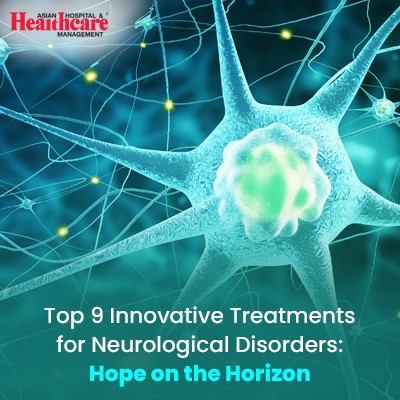
Introduction:
Neurological disorders affect millions of people worldwide, causing a range of debilitating symptoms that can significantly impact quality of life. Conditions like Alzheimer's disease, Parkinson's disease, multiple sclerosis, and epilepsy present significant challenges for patients, caregivers, and healthcare providers alike. However, advancements in medical research and technology are paving the way for innovative treatments that offer hope for those affected by these disorders. In this article, we'll explore some of the cutting-edge therapies and interventions that are reshaping the landscape of neurological care, offering new avenues for improved outcomes and enhanced quality of life.
1. Gene Therapy:
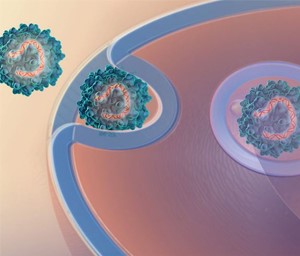
Gene therapy holds tremendous promise for the treatment of neurological disorders by targeting the underlying genetic causes of these conditions. In diseases like spinal muscular atrophy (SMA) and certain types of inherited neuropathies, gene therapy aims to deliver functional copies of defective genes to cells, restoring normal function and halting disease progression. Recent breakthroughs in gene-editing technologies, such as CRISPR-Cas9, have enabled more precise and efficient manipulation of genetic material, opening up new possibilities for treating previously untreatable disorders.
2. Stem Cell Therapy:

Stem cell therapy offers another revolutionary approach to treating neurological disorders by harnessing the regenerative potential of stem cells to repair damaged tissues and promote neural regeneration. In conditions like stroke and traumatic brain injury, stem cell transplantation has shown promise in restoring lost function and improving neurological outcomes. Researchers are also exploring the use of induced pluripotent stem cells (iPSCs), derived from patients' own cells, to generate personalized therapies tailored to individual genetic profiles, minimizing the risk of immune rejection and maximizing therapeutic efficacy.
3. Neurostimulation:

Neurostimulation techniques involve the targeted modulation of neural activity through the delivery of electrical or magnetic impulses to specific regions of the brain or peripheral nervous system. Deep brain stimulation (DBS), for example, has emerged as a highly effective treatment for movement disorders like Parkinson's disease and essential tremor, helping to alleviate symptoms and improve motor function. Transcranial magnetic stimulation (TMS) is another non-invasive neurostimulation approach that has shown promise in treating depression, migraine, and other neuropsychiatric conditions by modulating neural circuits implicated in mood regulation and pain perception.
4. Pharmacogenomics:
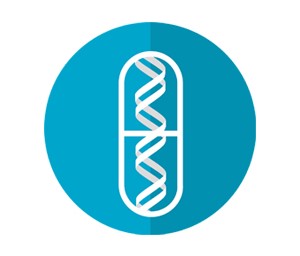
Pharmacogenomics, the study of how genetic variations influence individuals' responses to medications, is revolutionizing the field of neuropharmacology by enabling more personalized and precise drug therapies. By identifying genetic biomarkers associated with drug metabolism and treatment response, clinicians can tailor medication regimens to each patient's unique genetic profile, maximizing efficacy while minimizing adverse effects. This approach holds particular promise in the treatment of epilepsy, where optimizing drug selection and dosing can significantly improve seizure control and quality of life for patients.
5. Neurofeedback and Brain-Computer Interfaces:

Neurofeedback techniques and brain-computer interfaces (BCIs) represent innovative approaches to treating neurological disorders by enabling real-time monitoring and modulation of brain activity. In conditions like attention deficit hyperactivity disorder (ADHD) and autism spectrum disorders, neurofeedback training allows patients to learn to regulate their brainwaves, leading to improvements in attention, behavior, and cognitive function. BCIs offer even greater potential by allowing direct communication between the brain and external devices, opening up new possibilities for controlling prosthetic limbs, restoring sensory perception, and even enhancing cognitive abilities.
6. Immunotherapy:
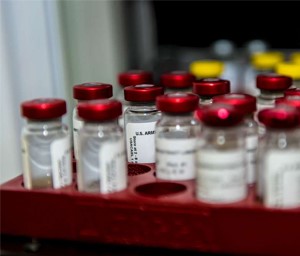
Immunotherapy, which harnesses the body's immune system to target and eliminate disease-causing agents, is emerging as a promising approach for treating certain neurological disorders. In conditions like multiple sclerosis (MS), where the immune system mistakenly attacks the central nervous system, immunotherapies aim to modulate immune responses to prevent further damage and promote tissue repair. Monoclonal antibodies targeting specific immune cells or proteins involved in the inflammatory process have shown efficacy in reducing relapse rates and slowing disease progression in MS patients. Furthermore, ongoing research is exploring the potential of immune checkpoint inhibitors and adoptive cell therapies to treat other neuroinflammatory conditions and brain tumors.
7. Optogenetics:
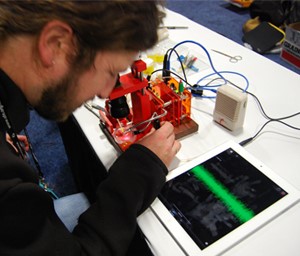
Optogenetics combines the principles of optics and genetics to control the activity of specific neurons with unprecedented precision. By introducing light-sensitive proteins called opsins into targeted brain regions, researchers can manipulate neuronal activity with millisecond precision using light stimulation. This technique holds immense potential for studying and treating neurological disorders characterized by aberrant neural circuitry, such as epilepsy, depression, and addiction. Optogenetic approaches allow researchers to dissect the underlying mechanisms of these disorders and develop novel therapeutic strategies, such as optogenetic neuromodulation or targeted optogenetic drug delivery, with the goal of restoring normal brain function and behavior.
8. Nanotechnology:
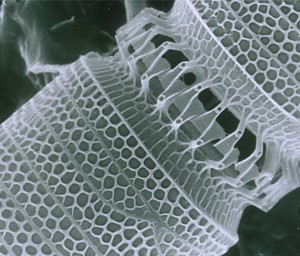
Nanotechnology, the manipulation of matter on the nanometer scale, offers innovative solutions for diagnosing and treating neurological disorders with unprecedented precision and efficacy. Nanoparticles can be engineered to cross the blood-brain barrier, a formidable obstacle for many therapeutics, enabling targeted drug delivery to specific brain regions affected by disease. Furthermore, nanomaterials can serve as platforms for imaging agents, biosensors, and theranostic agents, facilitating early detection, monitoring disease progression, and guiding personalized treatment strategies. Additionally, nanotechnology-based neurostimulation devices and neural interfaces hold promise for improving the safety, efficiency, and longevity of neurostimulation therapies while minimizing tissue damage and immune responses.
9. Bioelectronic Medicine:
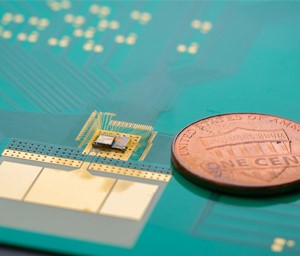
Bioelectronic medicine represents a groundbreaking interdisciplinary field that combines principles of neuroscience, bioengineering, and electronics to develop implantable devices capable of modulating neural circuits and restoring normal physiological function. These devices, often referred to as neuromodulators or neurostimulators, deliver electrical impulses to targeted nerves or brain regions to treat a variety of neurological disorders. Unlike traditional pharmaceutical interventions, bioelectronic therapies offer the advantage of precise, on-demand modulation of neural activity with minimal systemic side effects.
One of the most well-known applications of bioelectronic medicine is in the treatment of chronic pain. Devices such as spinal cord stimulators and peripheral nerve stimulators deliver electrical signals to the spinal cord or peripheral nerves, effectively blocking pain signals from reaching the brain and providing relief to patients suffering from conditions like neuropathic pain, failed back surgery syndrome, and complex regional pain syndrome. In addition to pain management, bioelectronic medicine holds promise for treating a wide range of neurological conditions, including epilepsy, movement disorders, psychiatric disorders, and autonomic dysfunctions. For example, vagus nerve stimulation (VNS), which involves the implantation of a device that delivers electrical impulses to the vagus nerve, has been FDA-approved for the treatment of epilepsy and depression, with ongoing research exploring its potential in other neurological and psychiatric disorders.
Furthermore, emerging developments in miniaturized electronics, wireless communication, and closed-loop feedback systems are enabling the development of next-generation bioelectronic devices with enhanced functionality and autonomy. Closed-loop systems, also known as responsive neurostimulation, dynamically adjust stimulation parameters in real-time based on physiological feedback, optimizing therapeutic efficacy and minimizing side effects.
Moreover, bioelectronic medicine is not limited to therapeutic interventions but also holds promise for diagnostic and monitoring applications. Implantable sensors capable of monitoring neural activity, biomarkers, and physiological parameters in real-time offer valuable insights into disease progression, treatment response, and patient management. As research in bioelectronic medicine continues to advance, we can expect further innovations in device design, stimulation techniques, and integration with other therapeutic modalities, paving the way for personalized, adaptive, and minimally invasive treatments for neurological disorders. With ongoing clinical trials and collaborations between scientists, engineers, clinicians, and industry partners, bioelectronic medicine is poised to revolutionize the field of neurology and improve the lives of millions of patients worldwide.
Conclusion:
The future of neurological care is filled with promise, thanks to ongoing advancements in medical research and technology. From gene therapy and stem cell transplantation to neurostimulation and pharmacogenomics, innovative treatments are offering hope to millions of individuals affected by neurological disorders. By harnessing the power of science and innovation, we can transform the landscape of neurological care, providing new opportunities for improved outcomes, enhanced quality of life, and ultimately, a brighter future for patients and families facing these challenging conditions.